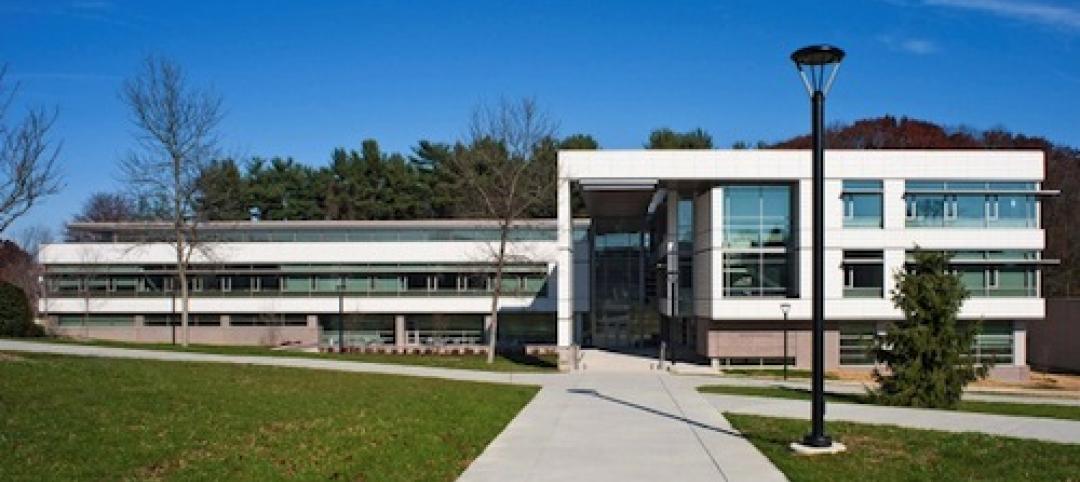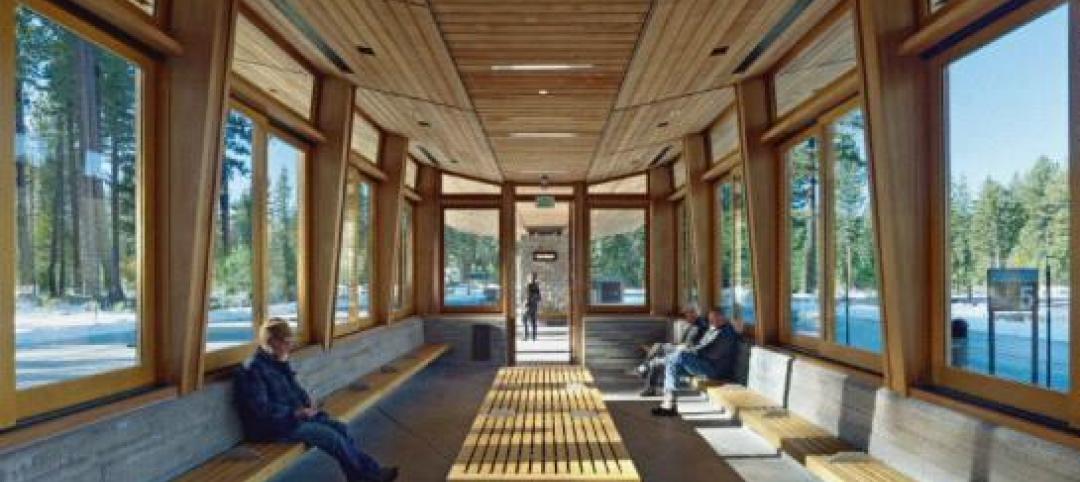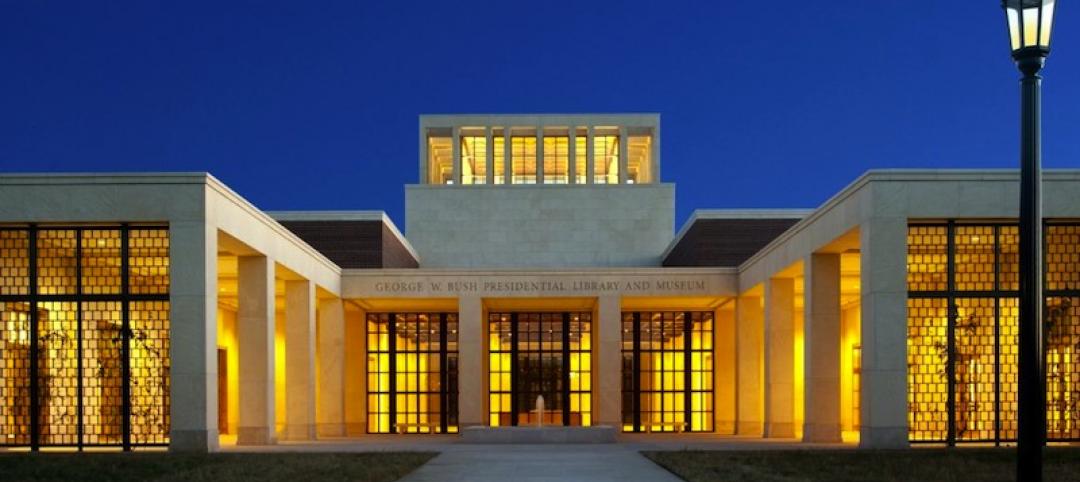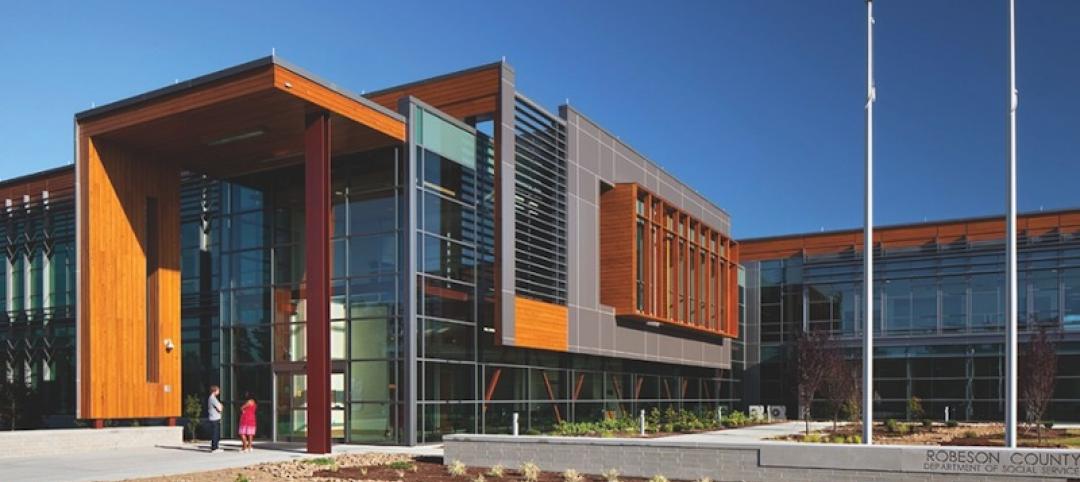The results of the 2011 Emporis Skyscraper Award are now in: 8 Spruce Street in New York City is the winner of the renowned architecture prize for new skyscrapers. Every year, Emporis' international jury (www.emporis.com) rewards ten skyscrapers completed in the previous calendar year. The award is being given for the 12th time.
The winners were chosen from over 220 skyscrapers completed in 2011. 8 Spruce Street, the first skyscraper by the architect Frank Gehry, and also known as The Beekman or New York by Gehry, won over the jury with its magnificent undulating stainless steel facade.
The sculptured form of Skidmore, Owings & Merrill's Al Hamra Tower earned it second place in the ranking. Despite its great height, the skyscraper fits harmoniously into Kuwait City's urban landscape. The tower is engineered to take account of climate conditions: the south facade, with limestone elements cladding a concrete wall, protects the building from the searing desert sun and impressed the jury from both architectural and functional points of view.
DBI Design's Etihad Towers were voted into third place, the jury praising the complex as a particularly harmonious ensemble of buildings. Critical to the decision were the soft, curving contours of the towers: these suggest the shape of sails and are intended to evoke Abu Dhabi's history as a port. The jury of experts also singled out the exceptional facade of silver and blue glass.
8 Spruce Street is now the third New York tower to win the Emporis Skyscraper Award. The very first award (2000) went to Sofitel New York Hotel, while Hearst Tower won the coveted architecture prize for 2006. That makes New York City, the world capital of high-rise architecture, the city to which the Emporis Skyscraper Award has most often been awarded.
Click here to view photos of the winning projects. +
Related Stories
| Apr 12, 2013
Nation's first 'food forest' planned in Seattle
Seattle's Beacon Food Forest project is transforming a seven-acre lot in the city’s Beacon Hill neighborhood into a self-sustaining, edible public park.
| Apr 12, 2013
Chicago rail conversion puts local twist on High Line strategy
Plans are moving forward to convert an unused, century-old Chicago rail artery to a 2.7 mile, 13 acre recreational facility and transit corridor.
| Apr 11, 2013
AIA selects recipients of its 2013 Small Project Awards
The American Institute of Architects (AIA) has selected the ten recipients of the 2013 Small Project Awards. The AIA Small Project Awards Program, now in its tenth year, was established to recognize small-project practitioners for the high quality of their work and to promote excellence in small-project design.
| Apr 11, 2013
Hal Henderson Appointed to HGA Board of Directors
HGA Architects and Engineers (HGA) has appointed Hal Henderson, AIA, to its Board of Directors for 2013. Henderson is vice president and director of the firm’s Rochester office.
| Apr 11, 2013
George W. Bush Presidential Center achieves LEED Platinum certification
The George W. Bush Presidential Center announced today it has earned Platinum certification by the U.S. Green Building Council’s Leadership in Energy and Environmental Design program. The Bush Center is the first presidential library to achieve LEED Platinum certification under New Construction.
















